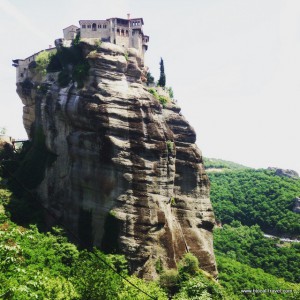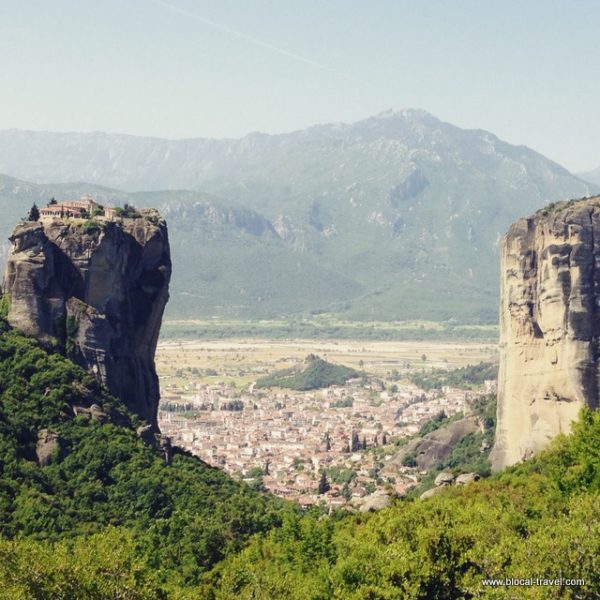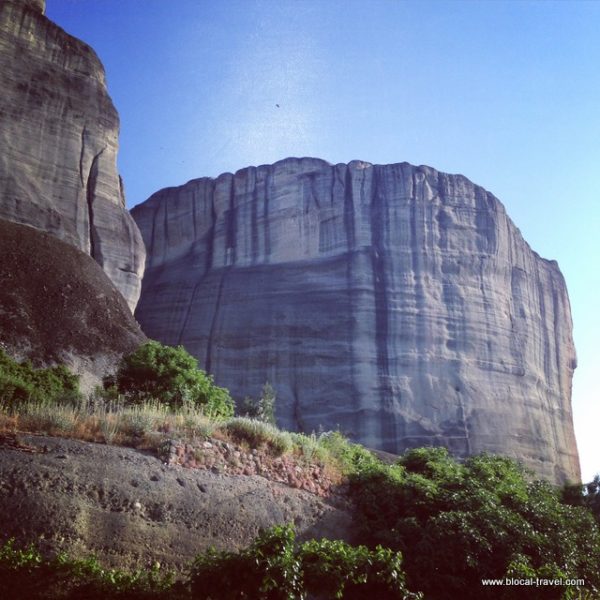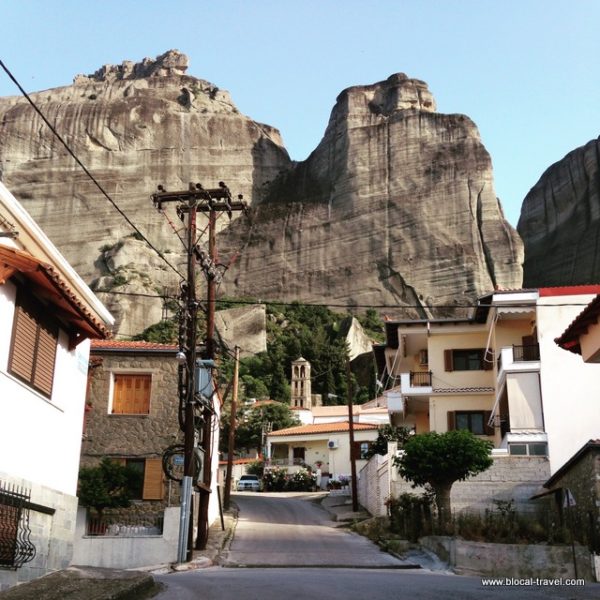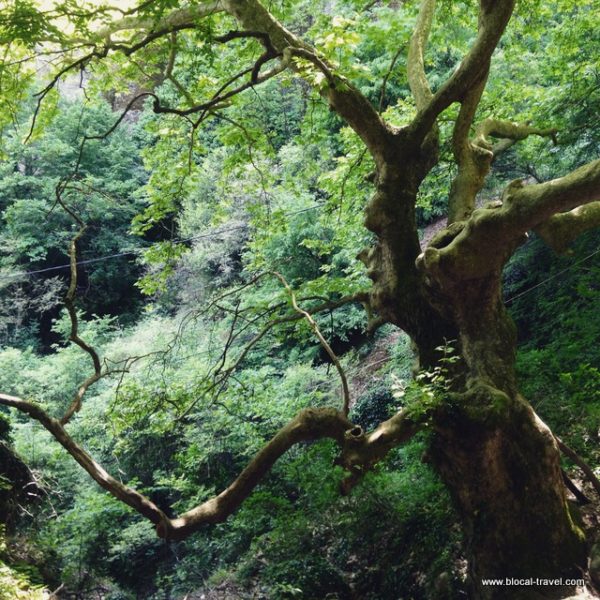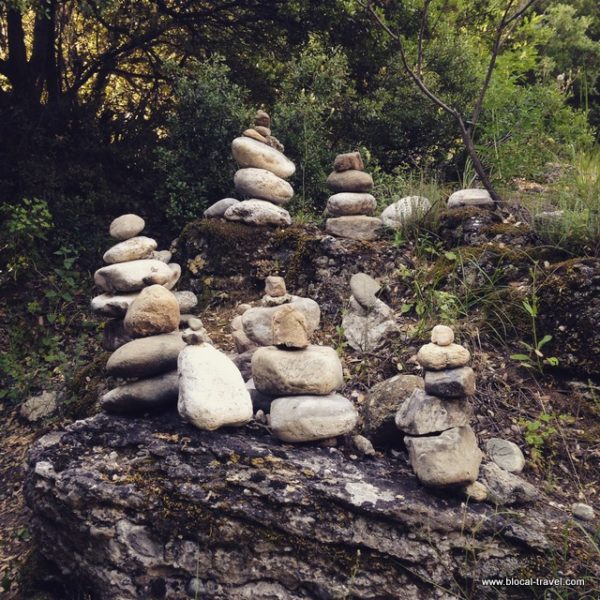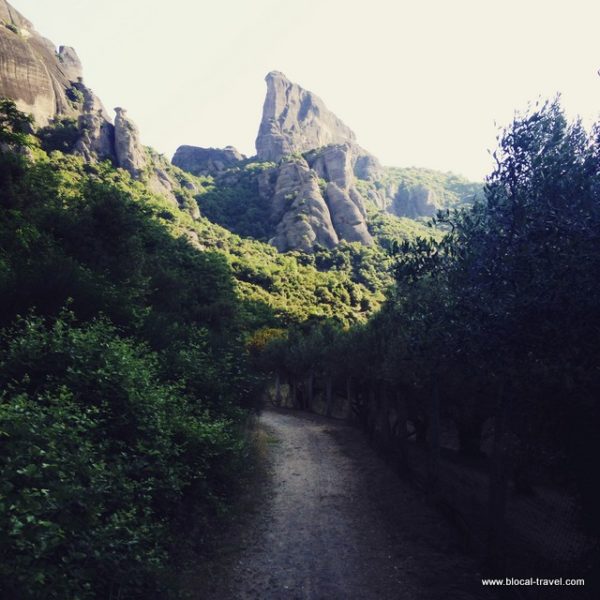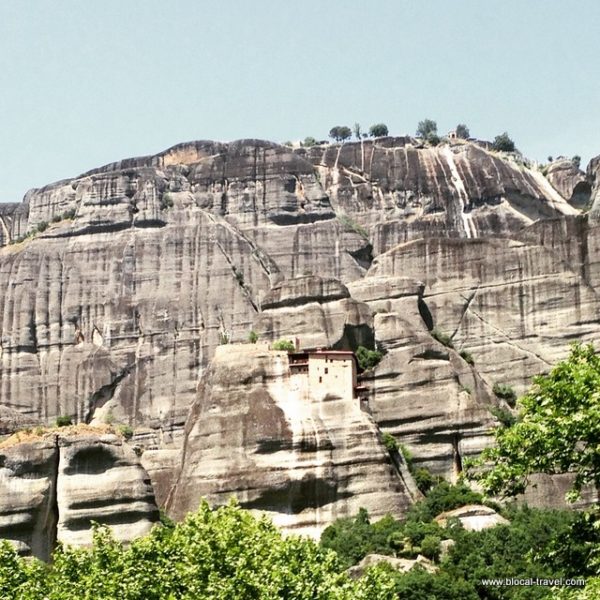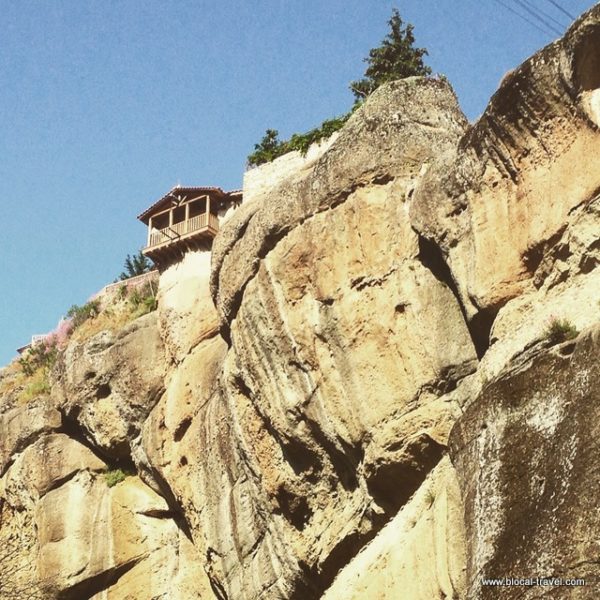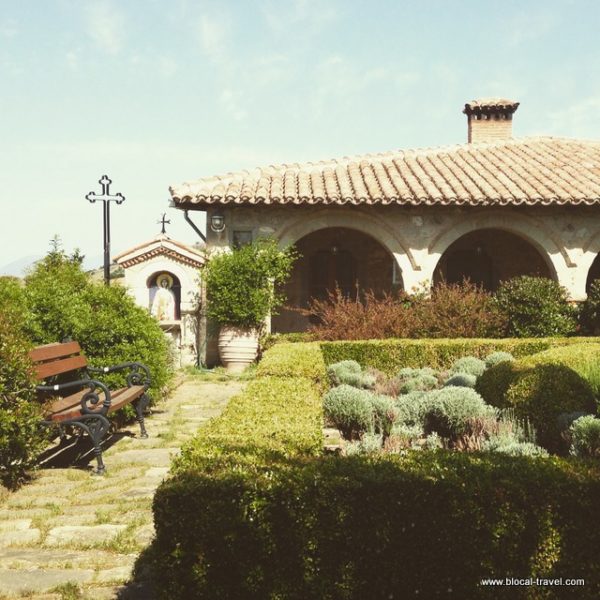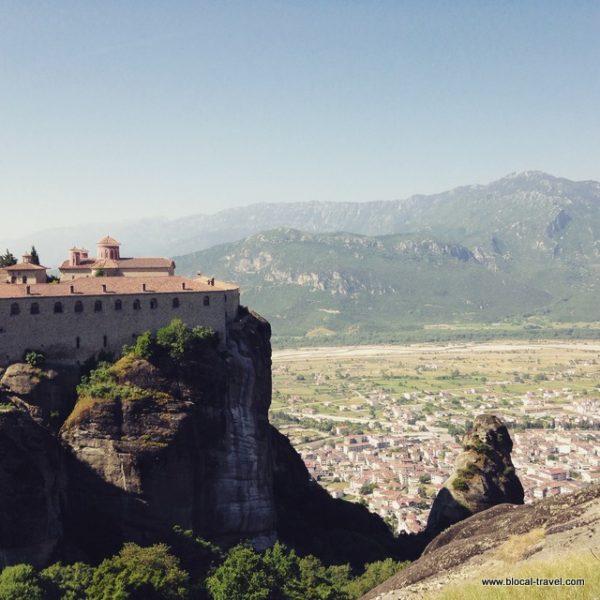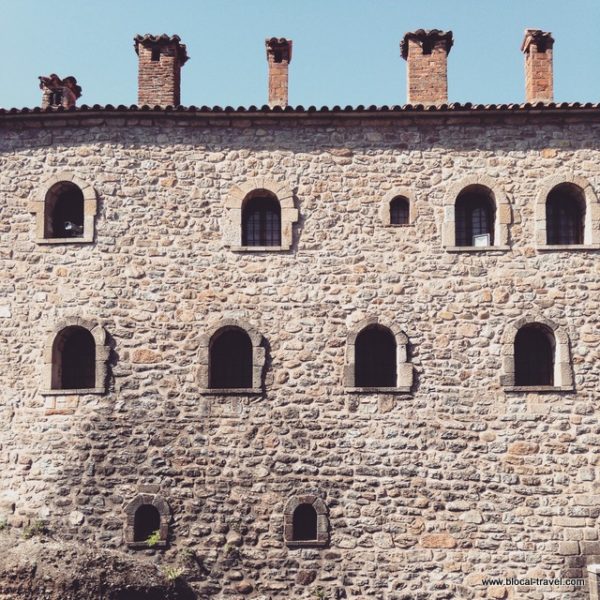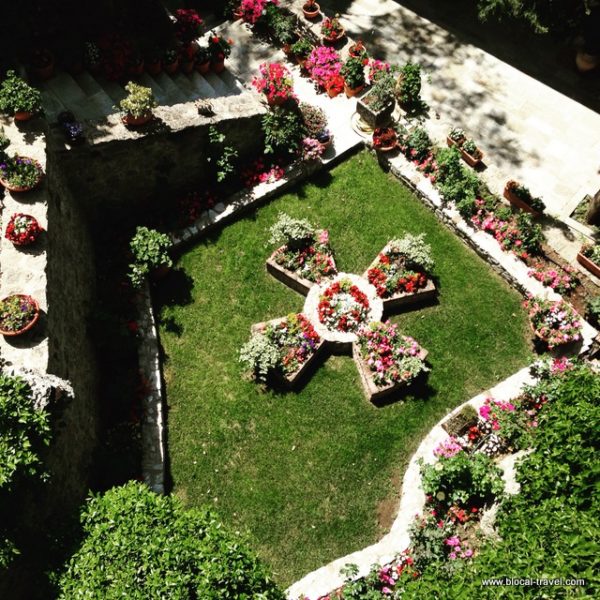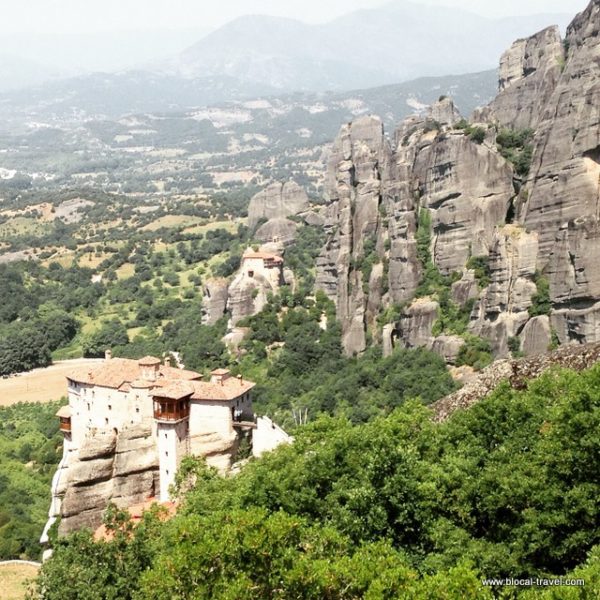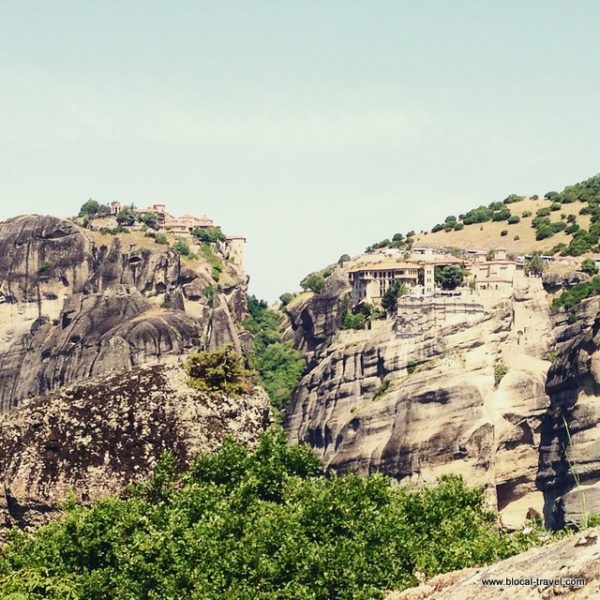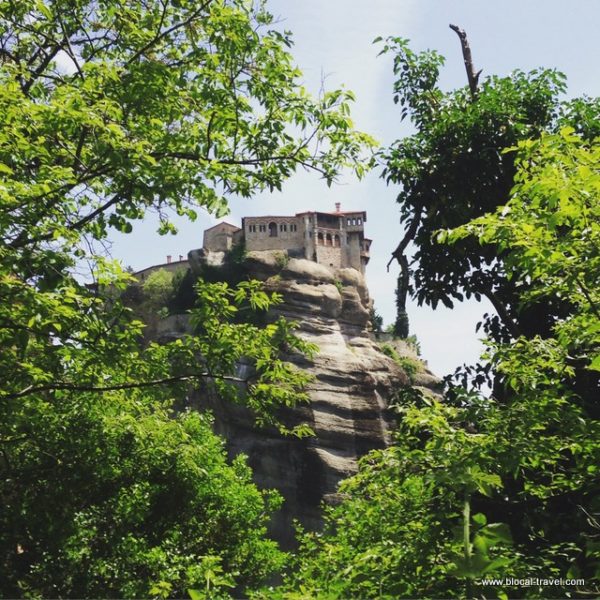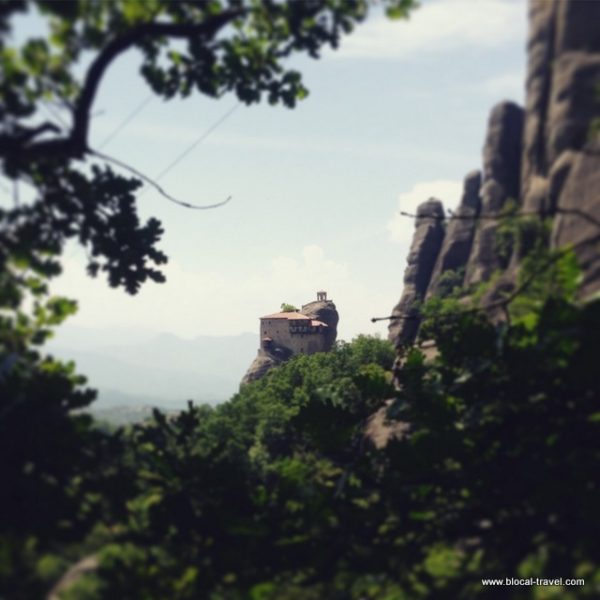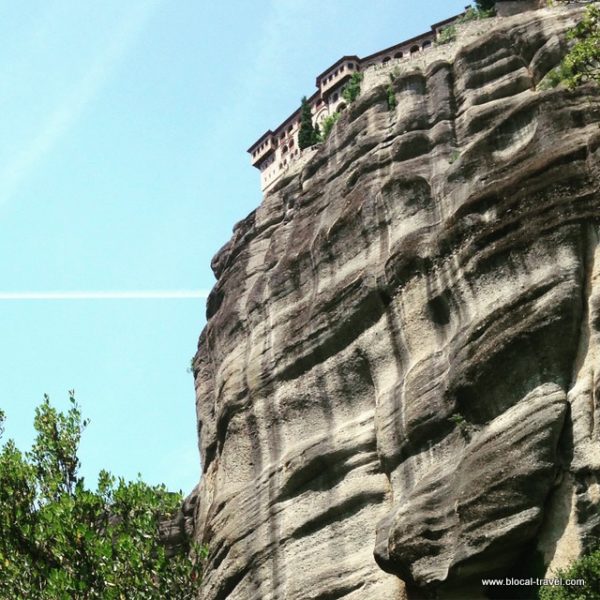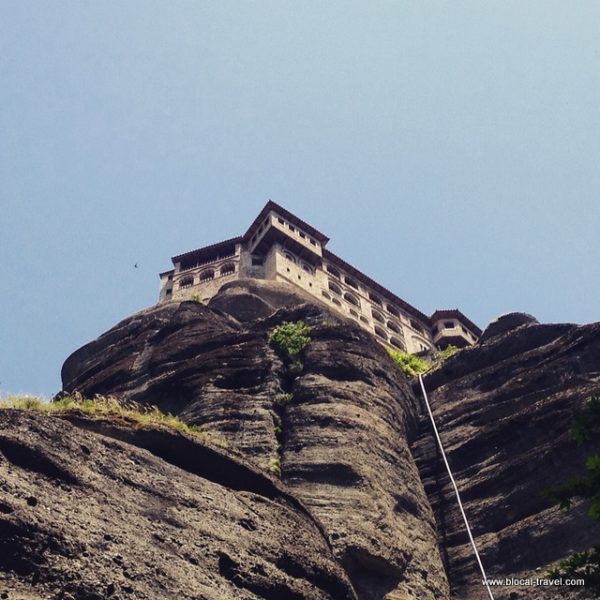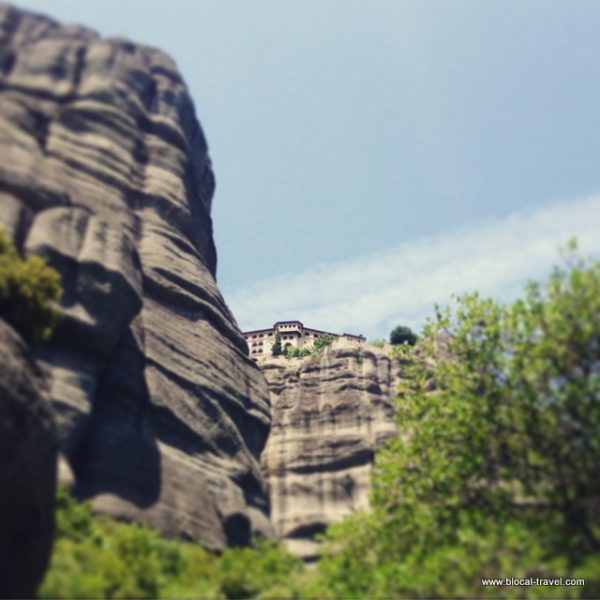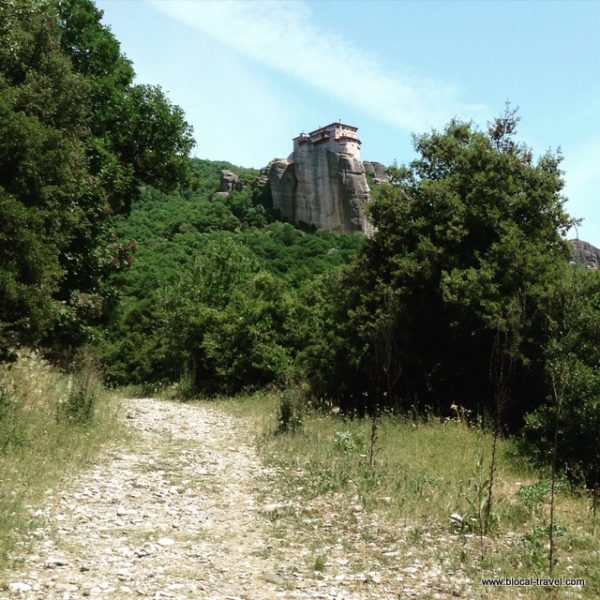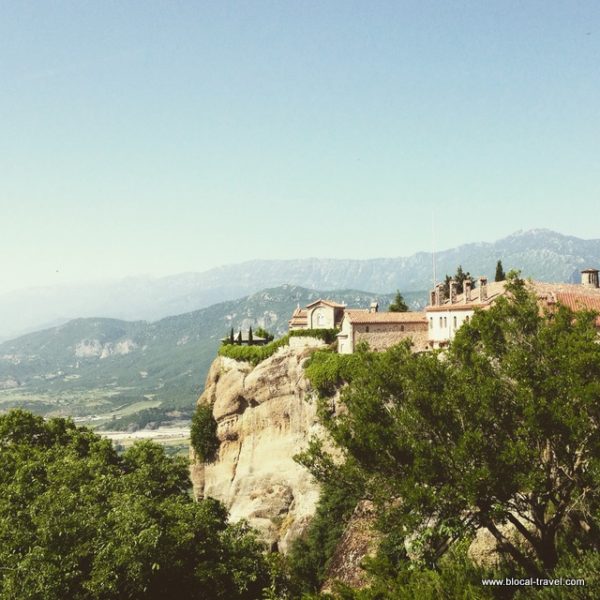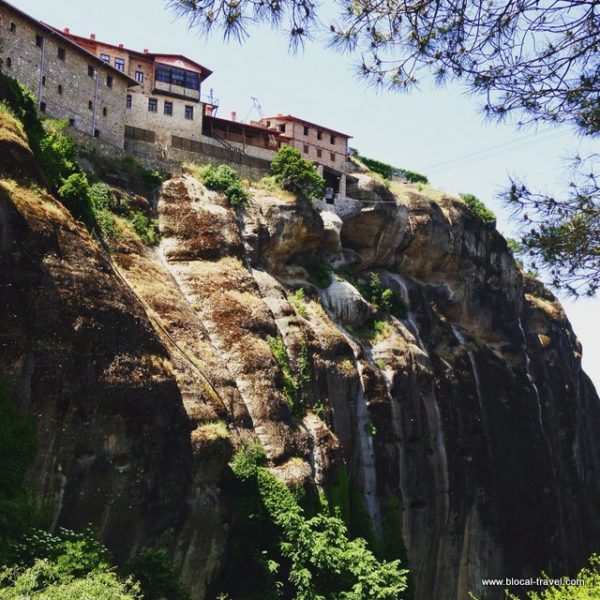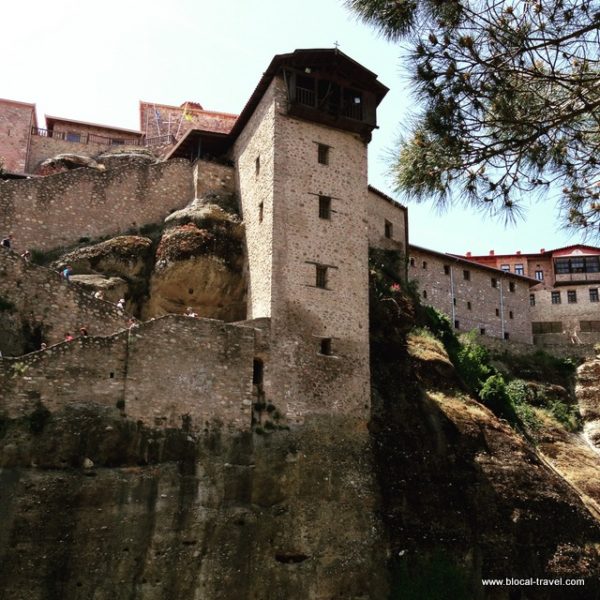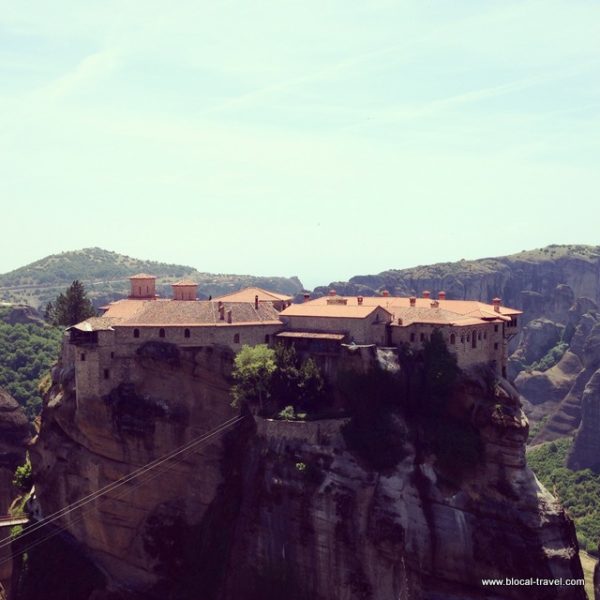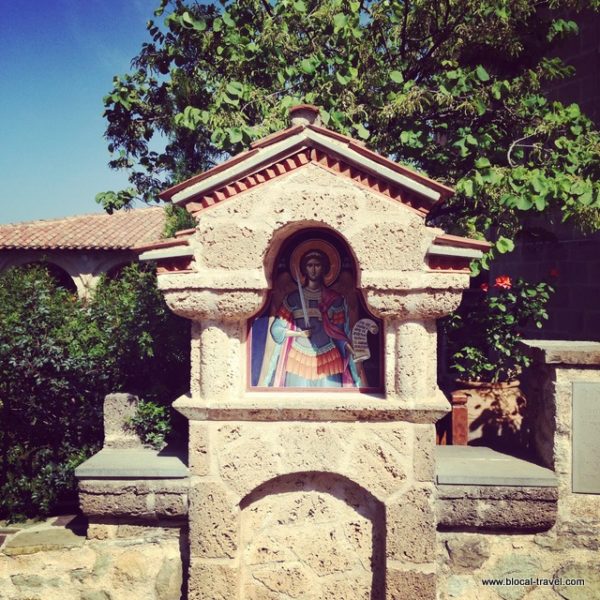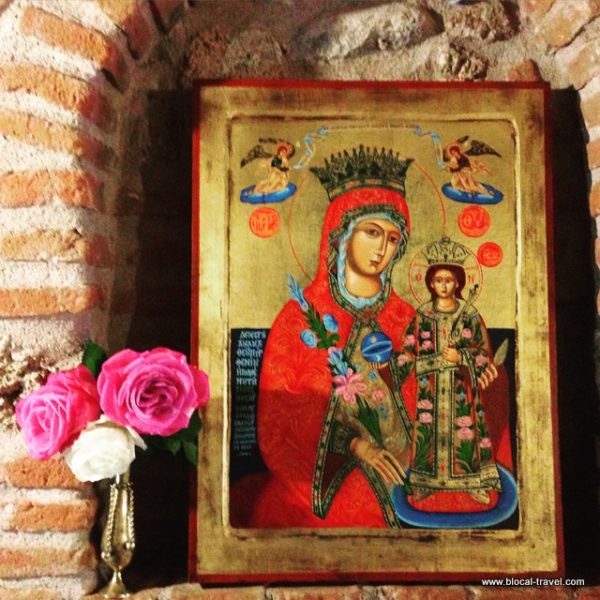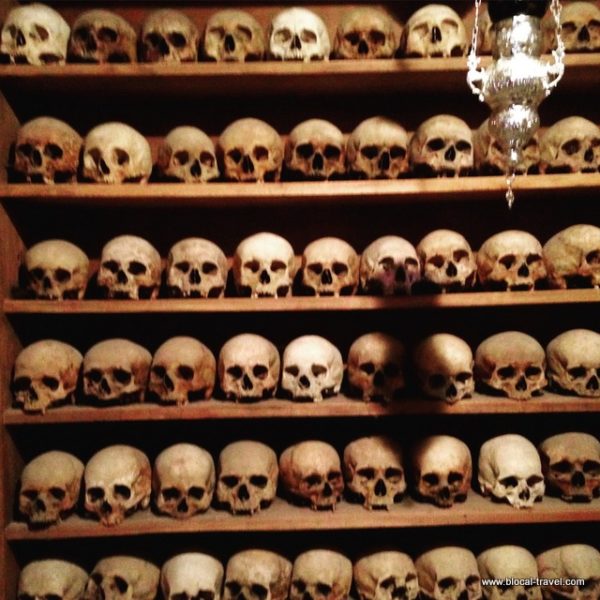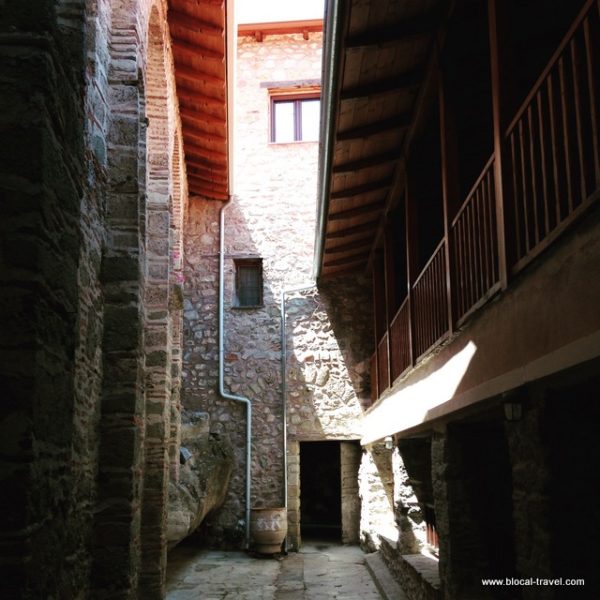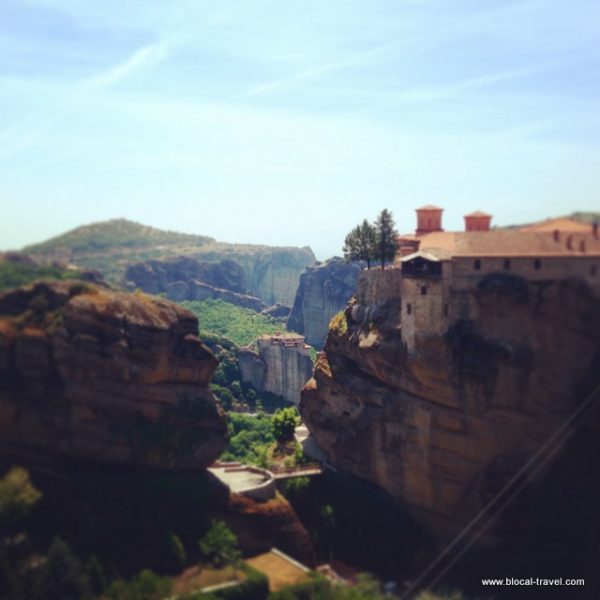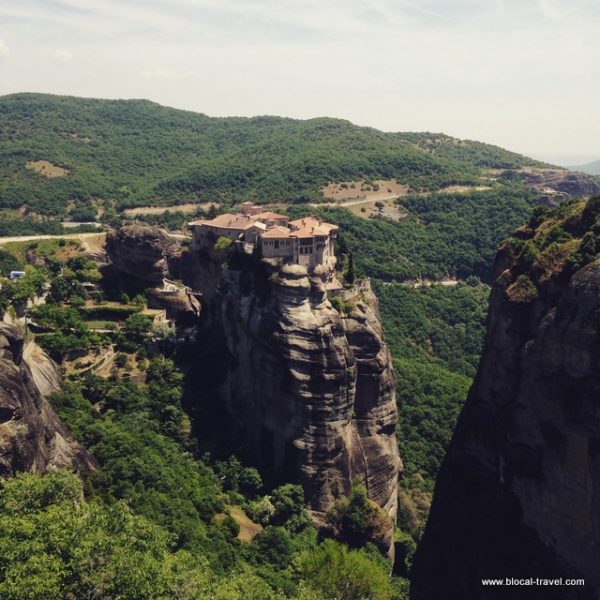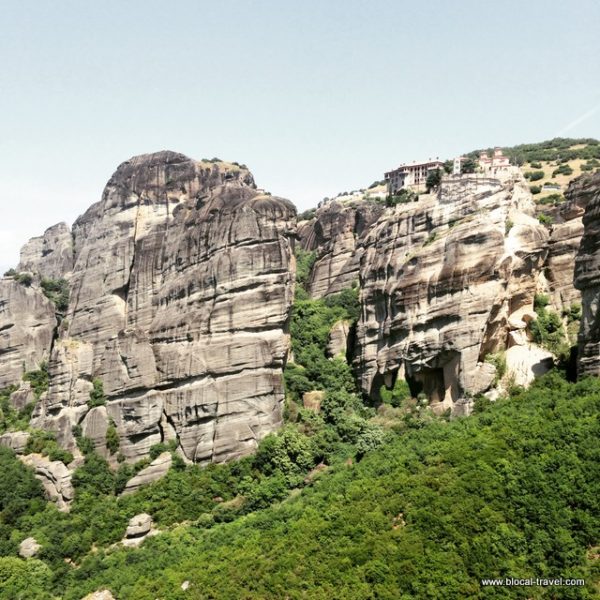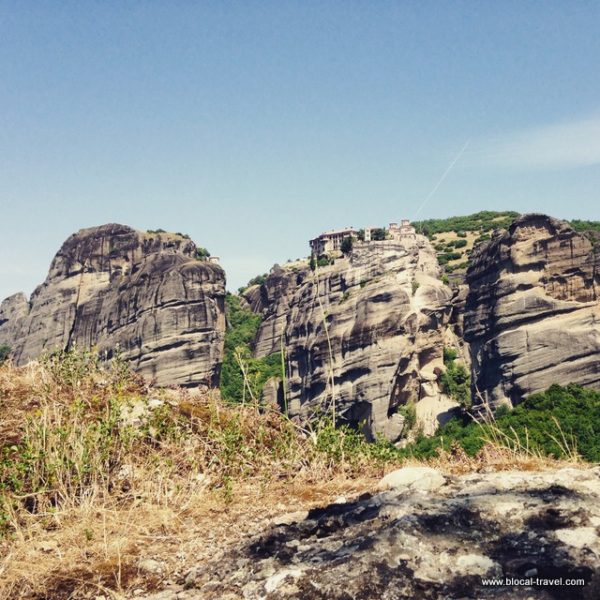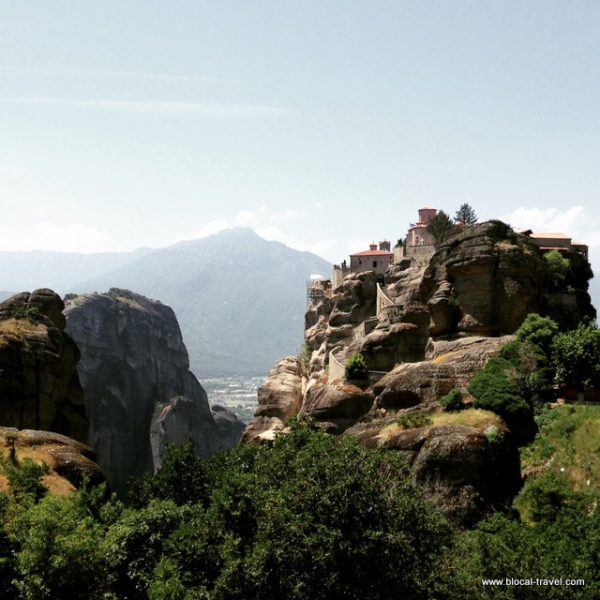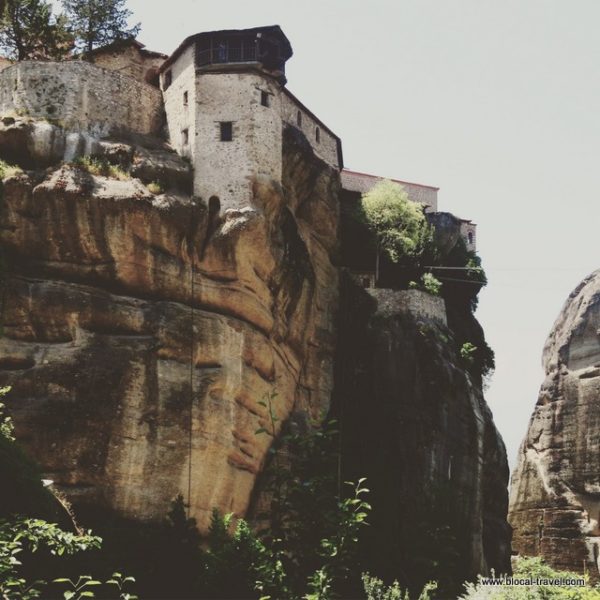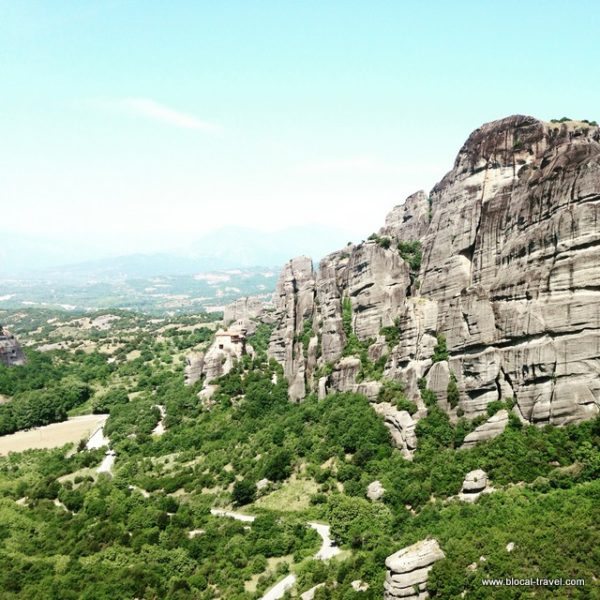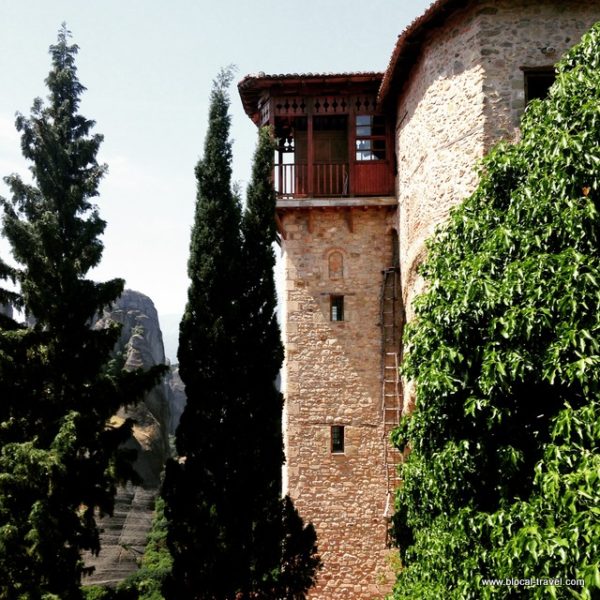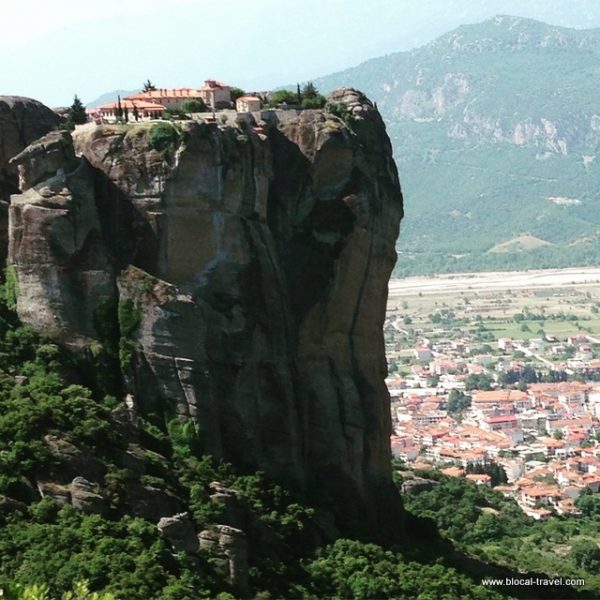It took me one hour just to find the path that goes through the wood to the monastery of Agiatrias, the first Orthodox monastery on the Meteora hiking trail. This was how I became familiar with hiking.
In my defence, I only had a basic tourist map found at the hotel, one of those maps focusing on restaurants and shops rather than on trails and useful directions. But, again, this was how I became familiar with hiking.
Moreover, I left Kalambaka—the village at the foot of the natural sandstone pillars on which the Orthodox monasteries were built around the end of the 12th century—without carrying a bottle of water, a hat or any useful tool that could have made my hike easier. I did remember to buy a spanakopita, the crispy spinach pie so common in Greece, but it was gone before I had reached my first stop. And this should give you the full picture.
What I was bringing with me was a head full of worries, more or less irrational fears of what could happen, several paranoiac thoughts such as finding a snake or any other kind of wild animal, falling on my stupid left knee or meeting ‘dangerous people’ (a not-better identified bunch of people including thieves and serial killers).
This was the state of my mind when I left Kalambaka.
The sun was rising and lighting up the rocks, outlining a doodle of lights and shadows through the horizontal lines marking the pillars. The path was very steep and the sunshine was seeping in through the leaves of the trees.
I didn’t meet any dangerous gangs, just a couple of fellow explorers climbing along. With the help of my physical exhaustion, I began feeling less anxious, and eventually I reached the first monastery. I was worn out, but happy.
The Monastery of Agiatrias is simple yet beautiful. It is often neglected by those tourists visiting Meteora on a bus tour, so it wasn’t crowded and its spiritual quiet was left intact. Moreover, the monks at the holy Monastery of Agiatrias, perhaps moved by my physical tiredness, let me use the funicular to get closer to the next rock pillar, on which the Monastery of Saint Stephen is built. And so, for a couple of minutes—which actually felt like an eternity—I was ‘suspended in the middle of the sky’, which, ironically, is also the etymology of the name ‘Meteora’.
From Saint Stephen’s Monastery to the Holy Monastery of Rousanou I walked on the paved road, partially because I wanted to give my over-thinking mind a break but also because I couldn’t find the path descending into the valley.
The sun was blazing down by then, but this didn’t stop me from climbing on two panoramic rocks sticking out into the valley, which are very popular among photo maniacs because from that point you can spot all six monasteries at once.
From the Rousanou Monastery on, I was back on the dirt path, willing to face my fears in exchange for a bit of shadow. Physical needs really help to drive paranoiac thoughts away. Besides the shade, walking along the dirt path, which runs low in the valley, allowed me to admire the monasteries from a very striking perspective. Seen from the bottom, the monasteries perched on their high cliffs really look ‘in the heaven above’, which is yet another meaning of the Greek word ‘meteora’, and the rock pillars loom up in all their magnificence.
The rest of the hike simply consisted of spotting the next monastery, losing it behind a rock or the foliage and waiting for it to come back into view, this time looking closer. Halfway through my hike, that’s all I could think about. Visualizing and getting closer. That, and the hope of finding a fountain on the way.
The Orthodox monasteries of Meteora are very different one from the other. Some of them are very simple, built in wood and red bricks, while inside the bigger ones I found exhibition rooms, Byzantine frescoes, ancient manuscripts, paintings, apiaries, cloisters, flowerbeds, chapels and way too many tourists.
That’s why after visiting the Great Meteoron, which is the biggest monastery in Meteora, I was craving to immerse myself again in the quiet of the wood. At that point, I didn’t care anymore about any ‘dangerous encounters’ I might make; all I desired was a bit of silence. All I could tolerate was the sound of the wind through the wood.
By the way, when I was almost at the end of the route and I could already see the village of Kastraki on the horizon, when I had faced down all my fears and I was happily hiking outside my comfort zone, the snake happened. The funny thing is that I wasn’t scared at all, I just stopped and gave way (I was a visitor in its territory, after all) and it just slithered away. At the end of the day, I may have met a snake, but I also gained a lot of confidence that, I hope, will make me braver in my future adventures.
Watch my travel video
